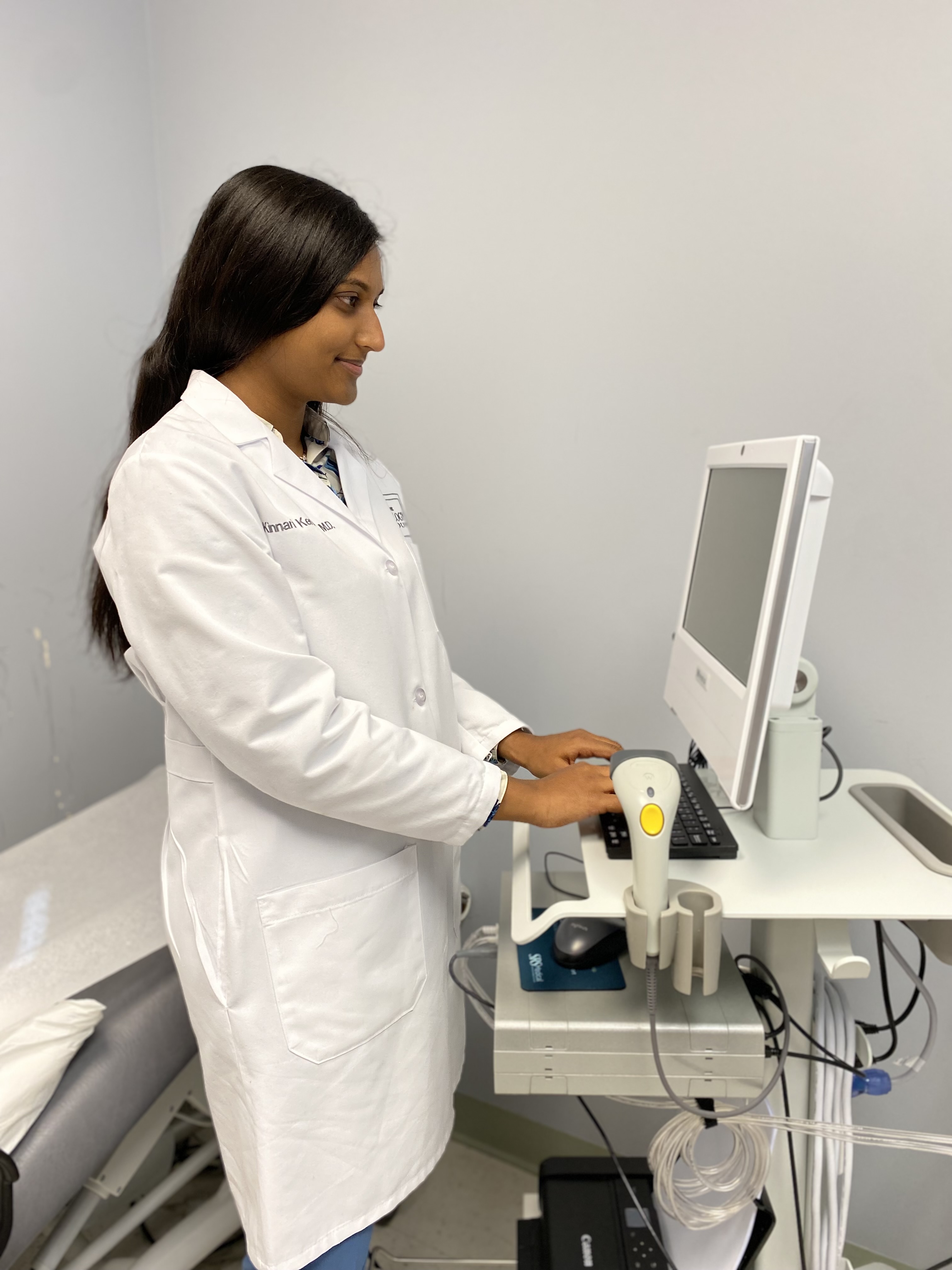Urodynamic Test
Urodynamics is the name used to describe a test that evaluates how well the bladder and the urethra work.
The bladder has two functions. It is supposed to store urine until the full, and then once full, it has to empty to the outside through the urethra, the urinary pathway.
The urethra, the urinary pathway, is surrounded by a urinary sphincter, which is a muscle that contracts around the urethra to make a tight seal that keeps the urine from leaking out at unwanted times.

When it is time to urinate, the bladder muscle contracts and the urinary sphincter muscle around the urethra relaxes so that the urine can be expelled to the outside.
A variety of conditions can affect the bladder and urethra and cause problems with urination.
There may be problems where the bladder does not store well, which can cause problems with urinary frequency (the need to urinate too often), urgency, (the need to go right way) and urge incontinence, the inability to postpone urination.
There may be problems where the bladder does not empty well. This can be due to a weak or poor bladder muscle contraction. It may also be due to obstruction along the urinary pathway, which can occur in men with an enlarged prostate or when there is incomplete relaxation of the urinary sphincter.
There may be problems with the urinary sphincter or urethra, which can fail to make a tight seal and lead to unwanted leakage (stress urinary incontinence).
Purpose of an Urodynamic Test
During urodynamic testing, the function of the bladder and the urethra can be assessed to proved insight into the cause of a patient’s urinary symptoms.
Urodynamic testing studies how the bladder muscle works. The test looks at how well the bladder, muscles (sphincters), and bladder tube (urethra) are storing and releasing urine. The bladder’s ability to hold urine and empty steadily and completely is evaluated.
- Unless otherwise instructed, STOP ALL BLADDER AND PROSTATE MEDICINE ONE WEEK PRIOR TO TESTING.
This includes Ditropan, Oxytrol, Gelnique, Oxytrol patch (oxybutynin), Detrol (tolerodine), Vesicare (solfenacin), Enablex (darfenacin), Sancturia (trospium), Myrbetriq (mirabegron). Prostate medicine includes Flomax (tamsulosin), Uroxatral (alfuzosin), Rapaflo (silodosin) and Jalyn (dutasteride/tamsulosin).
If you are unsure about a medication, please call the office and speak with a nurse.
- Come with a comfortably full bladder.*Do not void for 30 - 60 minutes prior to exam.
- Arrive 5 minutes before your appointment time.
- Allow 1 hour for the test.
During the first step of the test, you will be asked to urinate into a special container. This will measure how much and how fast you urinate. This part of the test is called Uroflow. A small plastic tube called a catheter is inserted into the bladder to measure the amount of urine left in the bladder. This is called a Post Void Residual.
The next part of the test is the set up. A nurse will gently insert a small plastic tube called a catheter into your bladder tube (urethra) and another small tube into the vagina or rectum. It is helpful if you are able to have a bowel movement at home before you come for the test. The catheters are secured in place with tape. Small sticky patches are placed on your inner thighs or bottom to measure muscle activity.
Next, you will sit back and the bladder will slowly be filled with water. Bladder pressures are measured throughout the test. You will be asked to identify certain sensations of bladder fullness. This part of the test is called Cystometry. You may be asked to cough or bear down to check for urinary leakage. The activity of the pelvic floor muscles will be recorded to show muscle activity while the bladder is filling and emptying. This is called Electromyography.
Once you feel your bladder is full, you will be asked to empty your bladder into the special container. You will urinate with the catheters in place so the bladder function can be recorded. This part of the test is called a Pressure Flow Study.
A small tube is again placed in the bladder to measure the amount left in your bladder. This is the second Post Void Residual measurement.
Please make an appointment 1 - 2 weeks after the urodynamics test to discuss results with your provider.
Contact us to request an appointment or ask a question. We're here for you.




